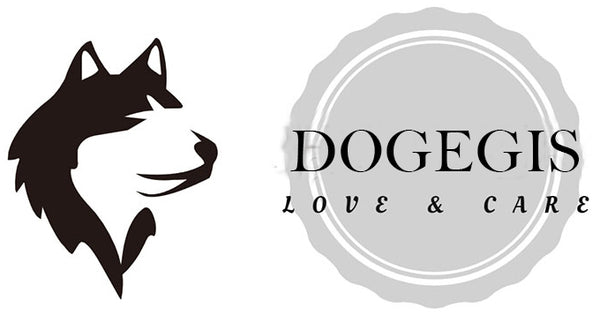Introduction
Does your dog suffer from anxiety? Many pets experience stress due to loud noises, separation, or changes in their environment. Fortunately, a dog cave bed can provide a safe, den-like space to help them feel secure. In this vet-approved guide, we’ll explore how cave beds for anxious dogs work, their benefits, and how to choose the best one for your furry friend.
Why Do Dogs Need a Cave Bed? The Science Behind It
Dogs are naturally den animals, meaning they seek enclosed spaces for safety and comfort. A dog cave bed mimics this instinct, offering:
✅ Stress Relief – Enclosed beds reduce exposure to external stimuli (e.g., thunderstorms, fireworks).
✅ Security & Warmth – The snug design helps regulate body temperature and provides a safe space for anxious dogs.
✅ Better Sleep – Dogs in cave beds often sleep deeper, which improves their overall health.
How Cave Beds Help Anxious Dogs (Vet Insights)
Veterinarians recommend cave-style dog beds for pets with:
1. Separation Anxiety
- Dogs with separation anxiety often pace or whine when left alone. A cozy cave bed creates a comforting retreat.
- Pro Tip: Add a worn t-shirt with your scent to enhance calming effects.
2. Noise Phobia (Thunderstorms, Fireworks)
- The enclosed design muffles sounds, making dog cave beds ideal for noise-sensitive pets.
- Vet Tip: Pair the bed with calming sprays (e.g., lavender or pheromone-based).
3. Rescue Dogs & Past Trauma
- Many rescue dogs feel unsafe in open spaces. A snug cave bed helps them adjust to new environments.
Choosing the Best Dog Cave Bed: Buyer’s Guide
Not all cave beds for dogs are equal. Consider these factors:
✔️ Size & Fit
- Measure your dog when curled up to ensure a snug but comfortable fit.
- Example: Small breeds (e.g., Chihuahuas) need small cave beds, while larger dogs (e.g., Goldens) require extra-large cave beds.
✔️ Material & Durability
- Look for machine-washable and chew-resistant fabrics if your dog is destructive.
- Memory foam options (e.g., orthopedic cave beds) help older dogs with joint pain.
✔️ Ventilation & Safety
- Ensure proper airflow to prevent overheating.
- Avoid beds with loose strings or weak zippers.
FAQs About Dog Cave Beds
Q: How do I train my dog to use a cave bed?
A: Place treats inside and use positive reinforcement. Most dogs naturally gravitate toward the cozy enclosed space.
Q: Are cave beds good for puppies?
A: Yes! Puppies benefit from the security of a cave bed, but ensure it’s appropriately sized.
Final Thoughts: Why Your Anxious Dog Needs a Cave Bed
A high-quality dog cave bed isn’t just a luxury—it’s a vet-approved solution for anxiety, better sleep, and overall well-being. By choosing the right one, you’re giving your pet a safe haven they’ll love.
Ready to help your dog feel calmer? [Shop our recommended dog cave beds here!]

